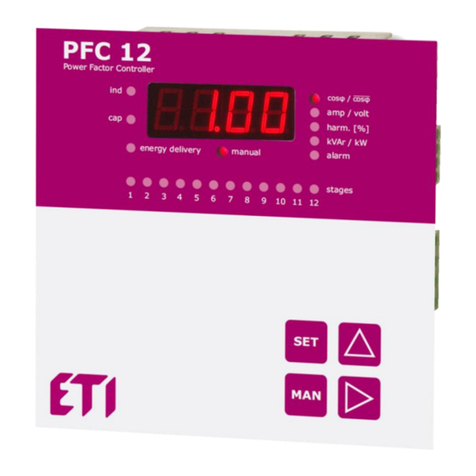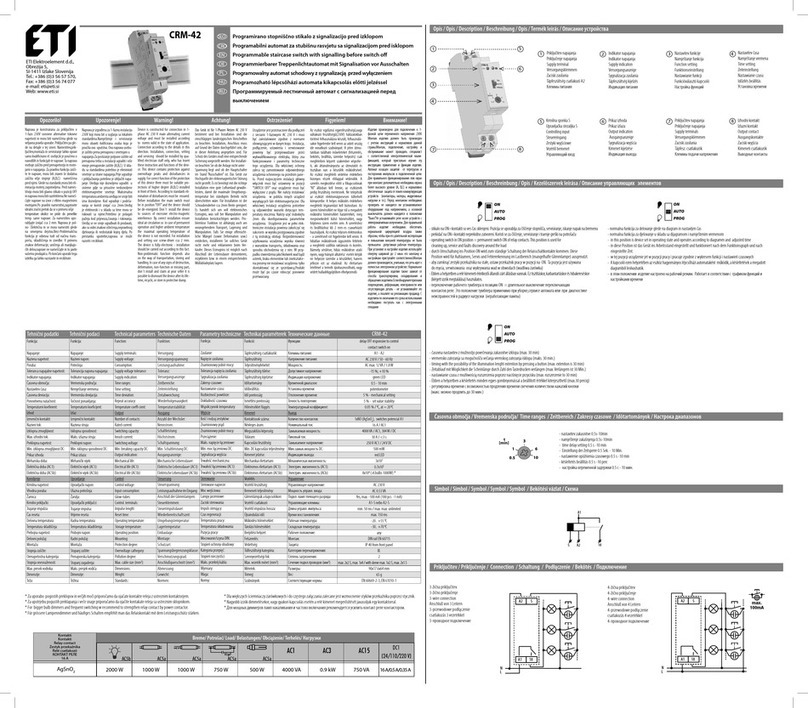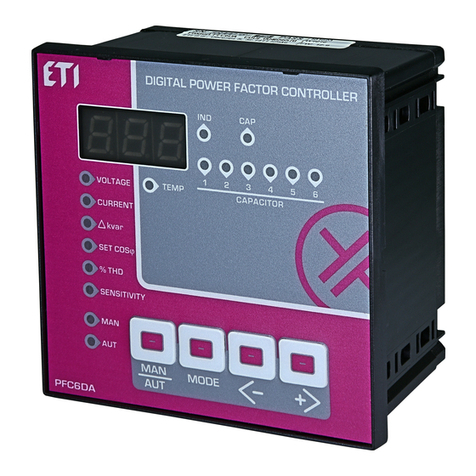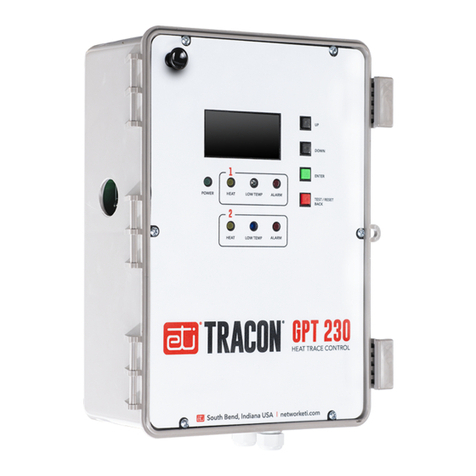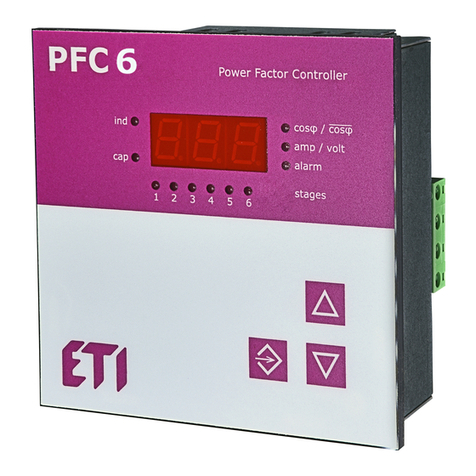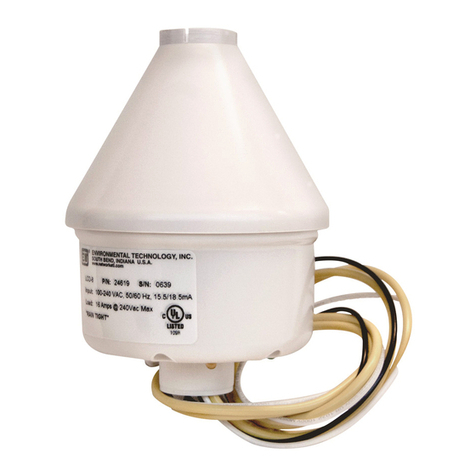1. GENERAL SAFETY INSTRUCTIONS
•This manual provides instructions on safety, connections instructions on the ETI ATSC25 ATS controller
•Weather the ATSC25 is sold as a loose product, as a spare, in a kit or as part of an enclosed solution or in any other
configuration, this device must always be installed and commissioned by qualified and experienced personnel, in line
withthe manufacturers recommendations, following good engineering practices and after having read and understood
the details in the latest release of the relative product instruction manual.
•Maintenance on the product and any other associated equipment including but not limited to servicing operations must
be performed offload by adequately trained and qualified personnel using the appropriate protection equipment.
•Each product is shipped with a label or other form of marking including rating and other important specific product
information. One must also refer to and respect markings on the product prior to installation and commissioning for
values and limits specific to that product.
•Using the product outside the intended scope, outside ETI recommendations or outside the specified thespecified
ratings and limits can cause personal injury and/or damage to equipment.
•This instruction manual must be made accessible so as to be easily available to anyone who may need to read it in
relation with the ATSC25.
•The ATSC25 meets the European Directives governing this type of product and includes CE marking on each product.
•No covers on the C25 should be opened (with or without voltage) as there may still be dangerous voltages inside
the product such as those from external circuits.
•
Do not handle any control or voltage sensing cables connected to the ATSC25 when voltage may be present on
the product directly through the mains or indirectly through external circuits.
•Voltages associated with this product may cause injury, electric shock, burns or death. Prior to carrying out any
maintenance or other actions on live parts in the vicinity of exposed live parts, ensure that the switch including all
control and associated circuits are de-energized.
The information provided in this instruction manual is subject to change without notice, remains for general information
only
and is non-contractual.
Abbreviation and terms:
ATS : Automatic transfer switch (as defined in 60947-6-1)
ATSE : Automatic transfer switching equipment (as defined in 60947-6-1)
RTSE : Remotely operated transfer switching equipment (as defined in 60947-6-1)
HMI : Human machine interface (includes DIP switch and LED information available on the ATSC25 front face).







